- With standard equipment
- With safety pack
Find more information in the General Comments section of the assessment
Find more information in the Rating Validity tab of the assessment
- See More
- See More
- See More
- See More
- Good
- Adequate
- Marginal
- Weak
- Poor
 Passenger
Passenger
 Driver
Driver
 Rear Passenger
Rear Passenger
 Driver
Driver
 Car
Car
 Pole
Pole
 Rear Seat
Rear Seat
 Front Seat
Front Seat
-
Approaching a stationary car: Left Offset
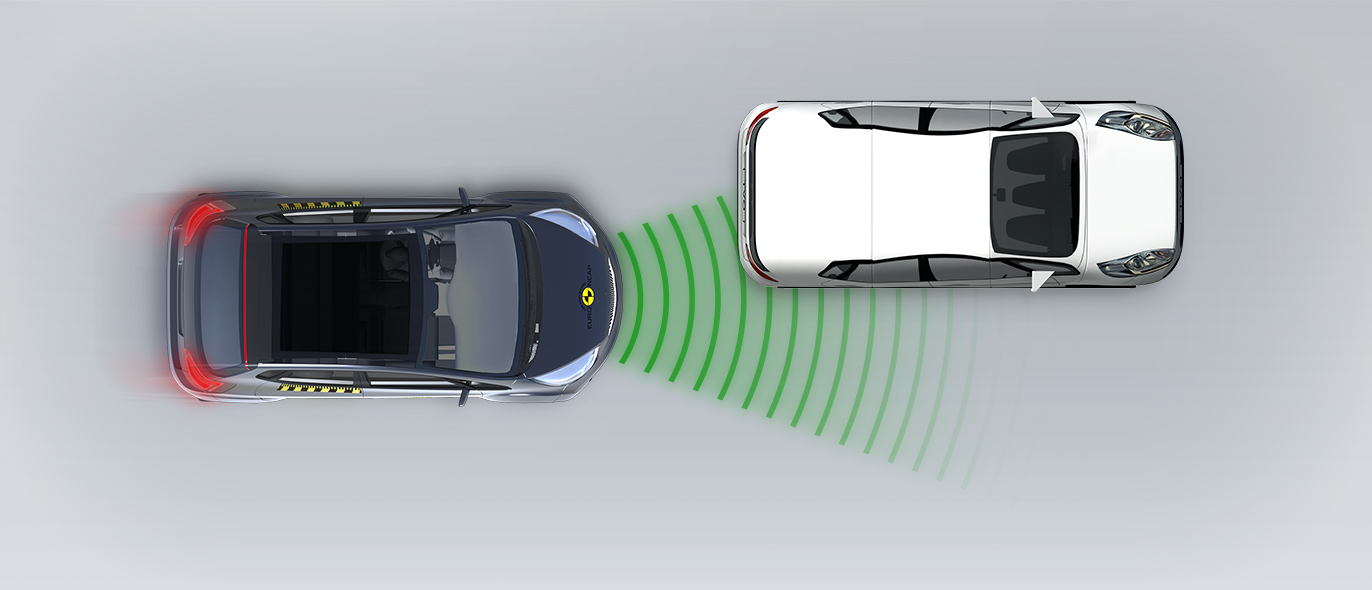
-
Approaching a stationary car: No Offset
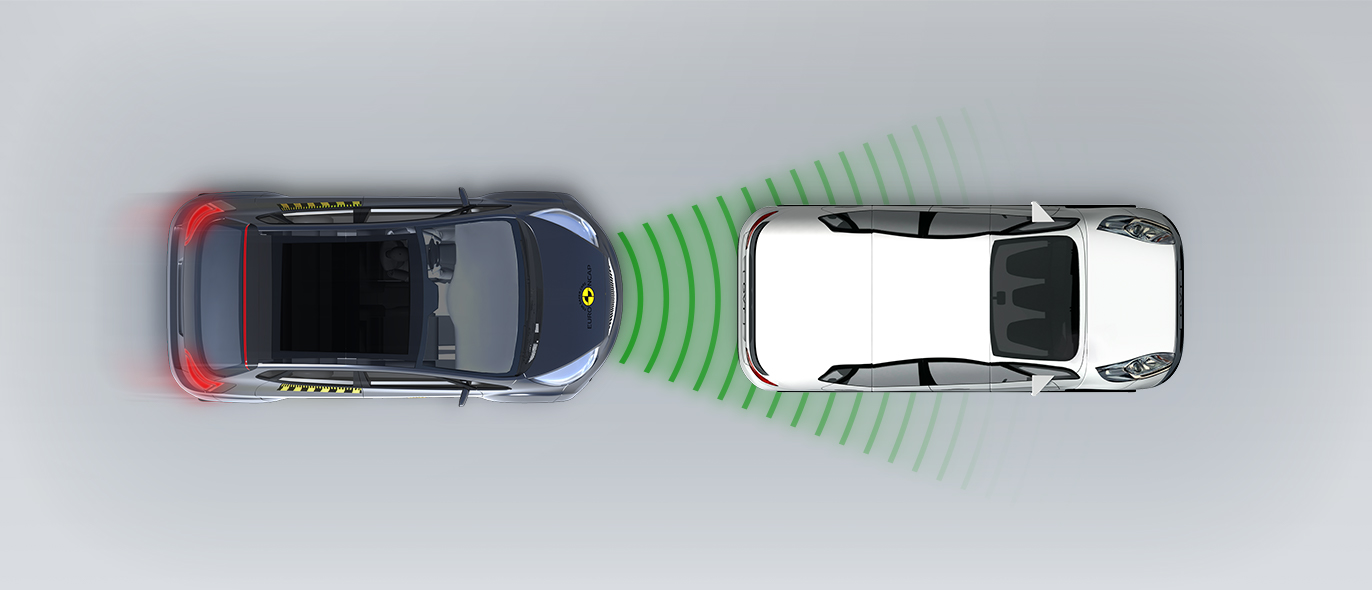
-
Approaching a stationary car: Right Offset
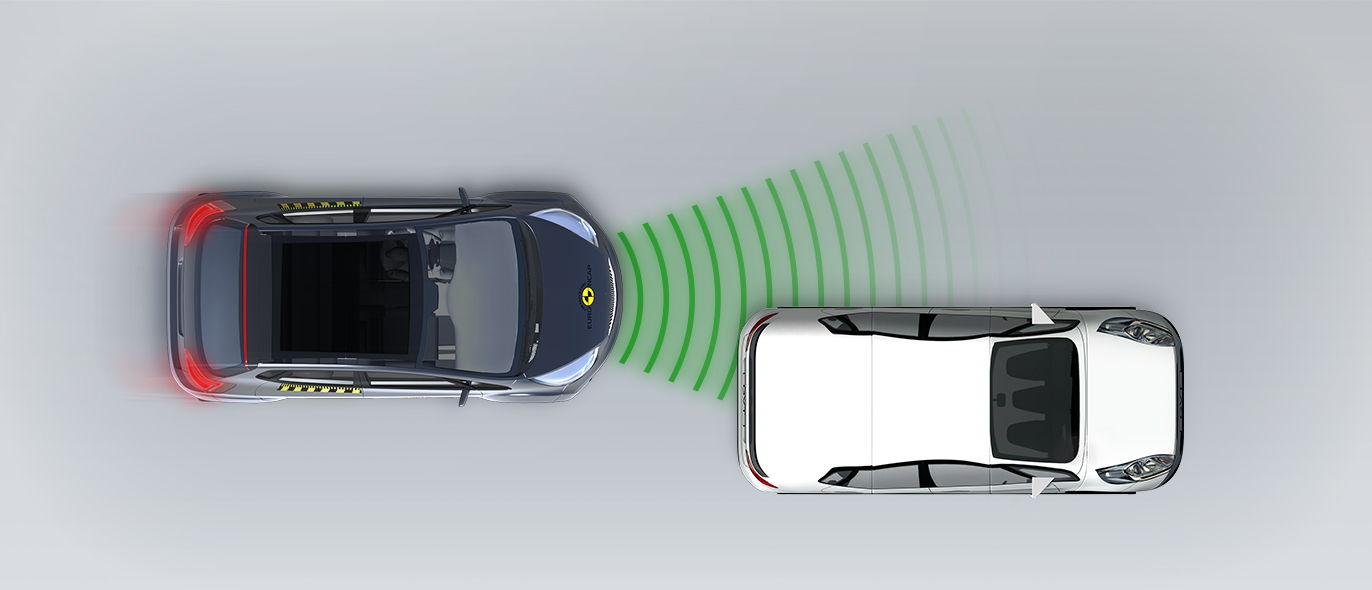
- Good
- Adequate
- Marginal
- Weak
- Poor


Passenger
outboard
center
Fitted to the vehicle as standard
Not fitted to the test vehicle but available as option
Not Available
-
i-Size CRS
-
ISOFIX CRS
-
Universal Belted CRS
Easy
Difficult
Safety critical
Not allowed
| Seat Position | ||||
|---|---|---|---|---|
| Front | 2nd row | |||
| Passenger | Left | center | Right | |
| Maxi Cosi 2way Pearl & 2wayFix (rearward) (iSize) | ||||
| Maxi Cosi 2way Pearl & 2wayFix (forward) (iSize) | ||||
| BeSafe iZi Kid X2 i-Size (iSize) | ||||
| BeSafe iZi Flex FIT i-Size (iSize) | ||||
| Maxi Cosi Cabriofix & FamilyFix (ISOFIX) | ||||
| BeSafe iZi Kid X4 ISOfix (ISOFIX) | ||||
| Britax Römer Duo Plus (ISOFIX) | ||||
| Britax Römer KidFix XP (ISOFIX) | ||||
| Maxi Cosi Cabriofix (Belt) | ||||
| Maxi Cosi Cabriofix & EasyBase2 (Belt) | ||||
| Britax Römer King II LS (Belt) | ||||
| Britax Römer KidFix XP (Belt) | ||||
Easy
Difficult
Safety critical
Not allowed
In both the frontal offset and side barrier tests, protection of both the 6 and 10-year dummies was good for all critical body areas, and the car scored maximum points in this part of the assessment. The front passenger airbag can be disabled to allow a rearward-facing child restraint to be used in that seating position. Clear information is provided to the driver regarding the status of the airbag and the system was rewarded. All restraint types for which the Q8 is designed could be properly installed and accommodated in the car.
- Good
- Adequate
- Marginal
- Weak
- Poor

Head Impact 16.9 Pts
Pelvis Impact 1.8 Pts
Leg Impact 5.9 Pts
| System Name | Audi pre sense | ||
| Type | Auto-Brake with Forward Collision Warning | ||
| Operational From | 10 km/h | ||
| PERFORMANCE | | |||
-
Approaching a crossing cyclist
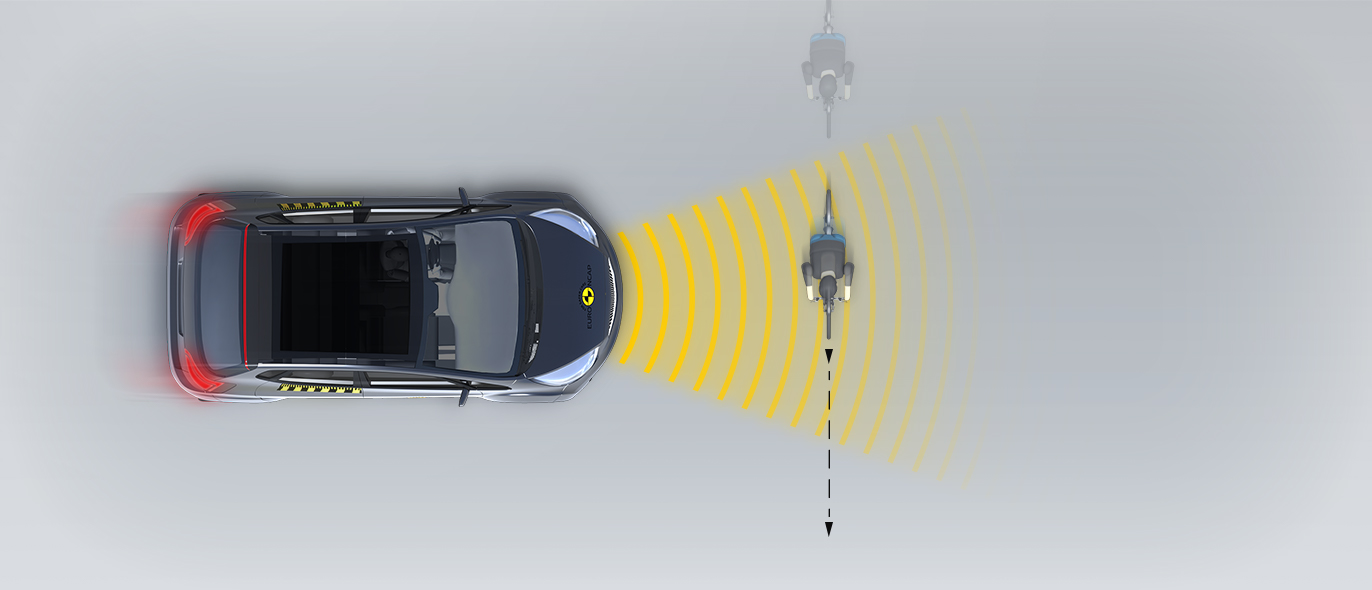
-
Cyclist along the roadside

Unlike the Q7, the Q8 does not have an 'active', deployable bonnet, so tests were repeated for the Q8. The bonnet provided predominantly good or adequate protection to the head of a struck pedestrian, with areas of poorer performance only at the bonnet edges. The bumper provided good or adequate protection to pedestrians' legs at all test locations. Protection of the pelvis was mixed, with some areas well and others poorly. The AEB system of the Q7 can detect vulnerable road users such as pedestrians and cyclists, as well as other vehicles. In tests of its response to such road users, the system performed well with collisions avoided or mitigated in most test scenarios.
- Good
- Adequate
- Marginal
- Weak
- Poor
| System Name | Speed Limiter |
| Speed Limit Information Function | Camera & Map |
| Speed Control Function | Manually set (accurate to 5km/h) |
| Applies To | All Seats | ||
| Warning | Driver Seat | Front Passenger(s) | Rear Passenger(s) |
| Visual | |||
| Audible | |||
| Occupant Detection | |||
|
|||
| System Name | Active Lane Depature Warning |
| Type | ELK + LKA (including LDW) |
| Operational From | 65 km/h |
| Performance | |
| Emergency Lane Keeping | |
| Lane Keep Assist | |
| Human Machine Interface | |
| System Name | Audi Pre Sense | |||
| Type | Autonomous Emergency Braking and Forward Collision Warning | |||
| Operational From | 10 km/h | |||
| Additional Information | Supplementary warning | |||
The Q8 has a seatbelt reminder system for all seats. The AEB system performed well in tests of its response to other vehicles at highway speeds. The lane support system helps to avoid inadvertent drifting out of lane by warning the driver and applying a gentle steering correction. The system also intervenes in some other more critical situations. A driver-set speed limiter is available as standard equipment but the speed-limit recognition system is an option on the Q8.
- Specifications
- Safety Equipment
- Videos
- Rating Validity
Specifications
Tested Model Audi Q8 50 TDI quattro, LHD
Body Type - 5 door SUV
Year Of Publication 2019
Kerb Weight 2220kg
VIN From Which Rating Applies - all Q8s
Class Large SUV
Safety Equipment
Note: Other equipment may be available on the vehicle but was not considered in the test year.
Fitted to the vehicle as standard
Fitted to the vehicle as part of the safety pack
Not fitted to the test vehicle but available as option or as part of the safety pack
Not available
Not applicable
Videos
Rating Validity
Variants of Model Range
| Body Type | Engine | Model Name/Code | Drivetrain | Rating Applies | |
|---|---|---|---|---|---|
| LHD | RHD | ||||
| 5 door SUV | V6 3.0 TDI 210 kW | 50 TDI quattro tiptronic | 4 x 4 |  |
 |
| 5 door SUV | V6 3.0 TFSI 250 kW | 55 TFSI quattro tiptronic | 4 x 4 |  |
 |
| 5 door SUV | V6 3.0 TDI 170 kW | 45 TDI quattro tiptronic | 4 x 4 |  |
 |
* Tested variant





Find more information in the General Comments section of the assessment
The Audi Q8 shares almost all of its structure with the Q7 and has the same safety equipment fitted as standard. Additional tests have been done where performance may differ slightly between the two vehicles but this rating for the Q8 makes use of many tests done on the Q7, tested earlier this year.
 Share
Share
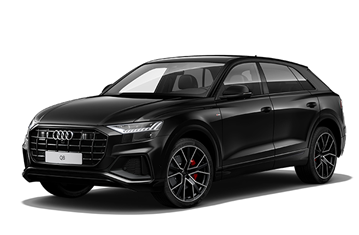




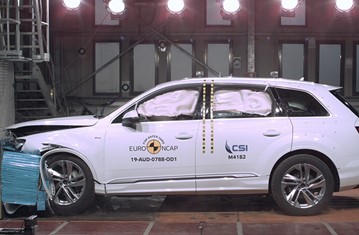

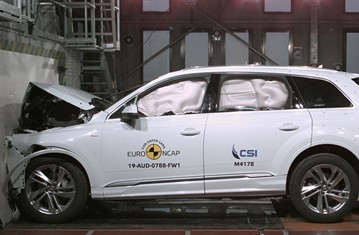
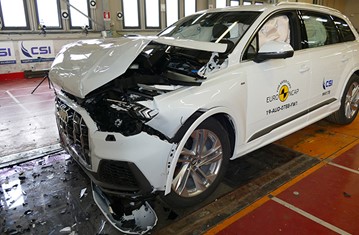



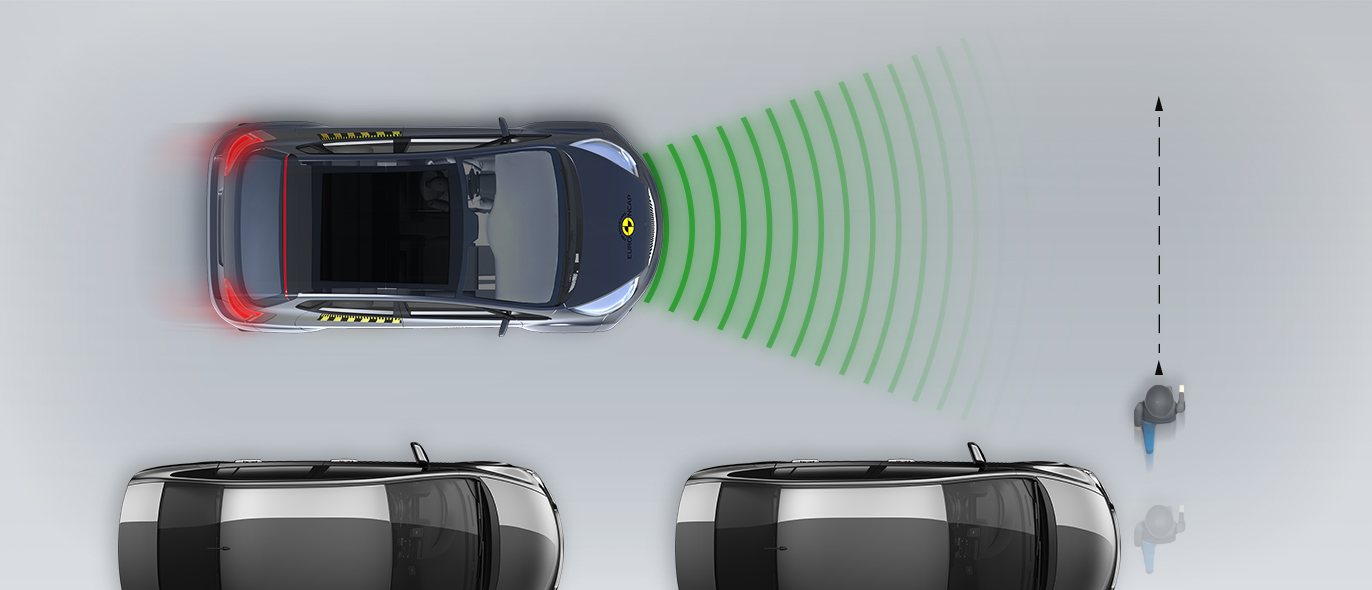

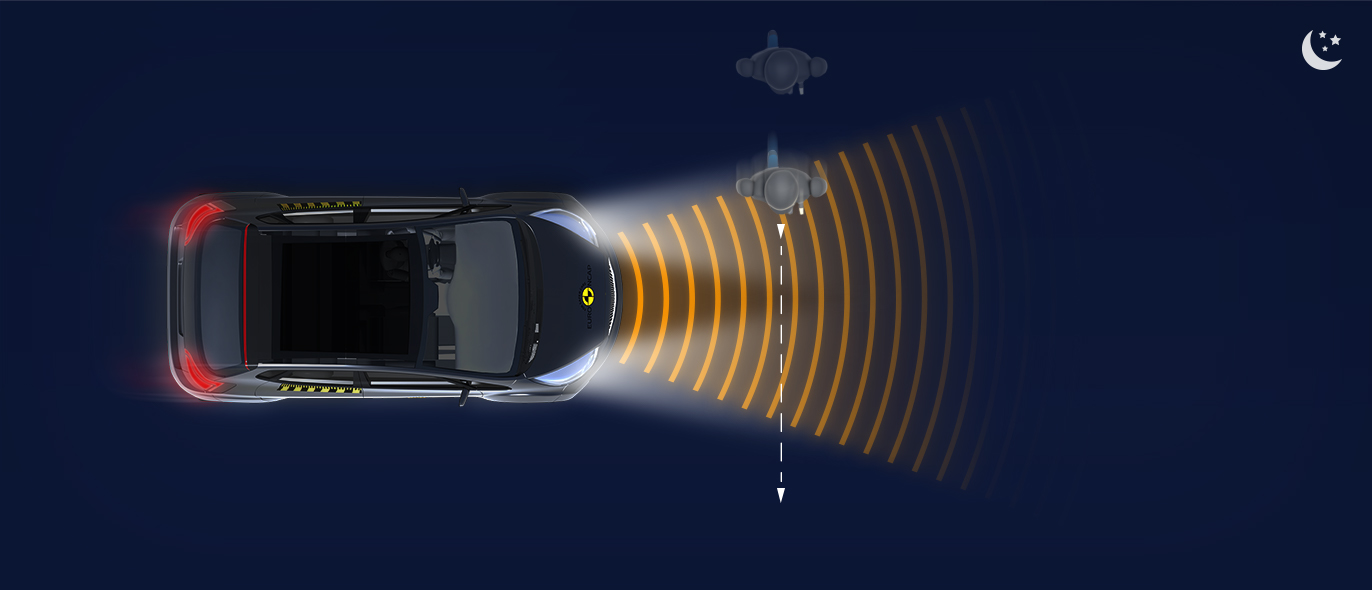









The passenger compartment remained stable in the frontal offset test. Dummy readings indicated good protection of the knees and femurs of both the driver and passenger. Audi showed that a similar level of protection would be provided to occupants of different sizes and to those sitting in different positions. Protection of the chest was marginal for both driver and passenger. In the full-width rigid barrier test, chest protection was again marginal for the rear passenger but other critical body areas were well or adequately protected, for both occupants. In both the side barrier test and the pole impact, protection of all critical body areas was good and the car scored maximum points in these tests. Tests on the front seats and head restraints demonstrated good protection against whiplash injuries in the event of a rear-end collision. A geometric assessment of the front seats also indicated good whiplash protection. The standard-fit autonomous emergency braking (AEB) system performed well in tests of its functionality against other vehicles at the low speeds, typical of city driving, at which many whiplash injuries occur, with collisions avoided in almost all test scenarios.